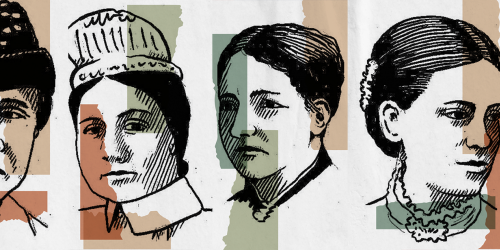
If you ask any member of the Church today to name a female pioneer of Adventism other than Ellen White, chances are that they will come up short. Sadly, few early Adventist women are given the recognition due to them for the work they accomplished in the Church. The stories of these women are largely unknown, their names lost among more famous pioneers, such as Uriah Smith, William Miller, James and Ellen White, and others.
The idea that women have a role to play in the church has never been foreign to me. Being the daughter of a theologian, the issue of women in ministry and women’s ordination was normal dinnertime table talk growing up. Being a young woman in Adventism today, it saddens me that my church has to argue about whether or not I am able to contribute to ministry simply because of my gender. Like many others of my generation, I find myself frustrated that this is such a big issue in the church that I love. However, hearing the stories of these forgotten women has encouraged me that, no matter how caught up we are by controversy, human ordinances are ultimately incapable of destroying God’s plans. Despite immense obstacles, early women of Adventism were able to accomplish great things, either through their work as preachers, missionaries and teachers, or through the impact of their lives. These are their stories — stories of hope, miracles, determination, faith and courage.
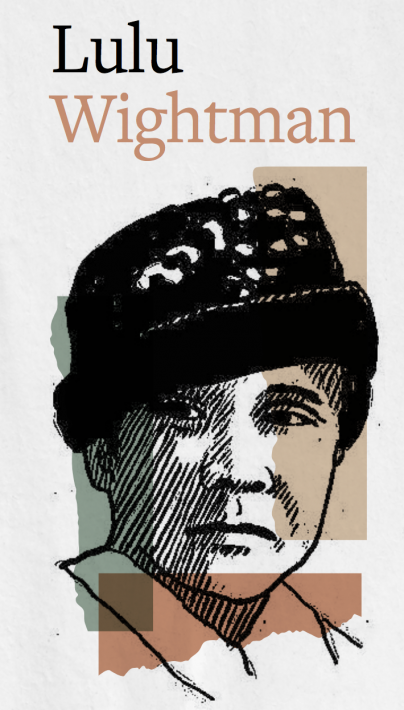
Lulu Wightman experienced a call to ministry early in her married life. Despite opposition from the conference to a woman’s involvement in ministry, but with the support of her husband, Wightman began her first evangelistic series in 1896. Her preaching and teaching ultimately resulted in a church plant of 26 members and, in 1897, this church was accepted into the New York Conference and Wightman was granted a ministerial license. Together with her husband, she continued her evangelistic work for the next decade, establishing 17 church plants throughout the New York conference. In spite of Wightman’s success in evangelism, there were still those who questioned her place in ministry. This was evidenced by a letter from a Presbyterian minister objecting to a woman in the pulpit, as well as by the hesitation of the Conference to grant her ordination and a corresponding salary. Although the Wightmans ultimately left Adventism on the basis of doctrinal disagreements, the work that Wightman accomplished is undeniable. In her book, Called by God, Josephine Benton summarizes Wightman’s achievements: “From village to town to city, from tent to legislative hall to church, Lulu Wightman and her husband communicated the Good News of salvation in Christ and the distinctive teachings of Adventism with tremendous energy and dedication. How many people will enjoy the Kingdom of Heaven because of their ministry only eternity can reveal.”

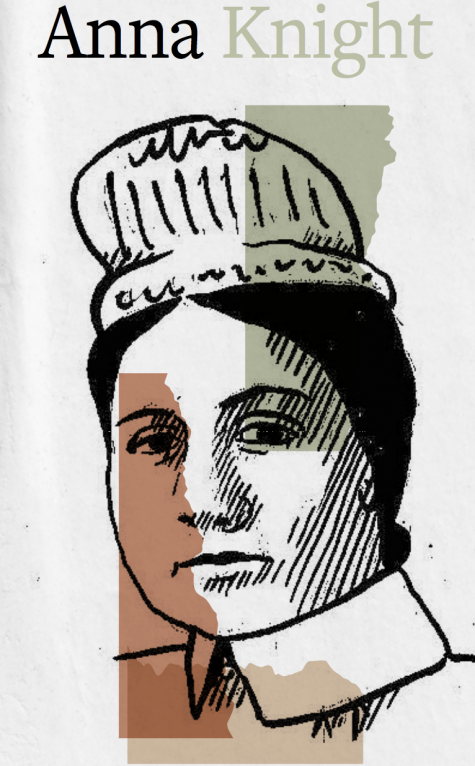
Anna Knight was born to a sharecropping family in Mississippi in 1874. Growing up in poverty and unable to go to school, Knight taught herself to read and encountered Adventist literature via mail order, which ultimately led her to become a member of the Seventh-day Adventist Church in 1893. Upon obtaining a degree from Battle Creek College, Knight returned to her home state to establish a school where she taught, not only children, but also adults in areas ranging from reading and writing to cooking and lifestyle. In 1901, Knight was selected by John Harvey Kellogg to be a representative at the Battle Creek General Conference. While there, she became aware of a need for missionary nurses in India. After seeking God’s direction, she departed for India, becoming the first black Adventist woman to do mission work. Assigned to work at Karmatar Training School, Knight’s responsibilities included teaching Bible and English, as well as tending to general medical needs, overseeing the mission accounts, and creating a successful garden. After several years in India, Knight returned to Mississippi and again worked in her home community to reignite the Adventist school and church there, which had fallen into disarray in her absence. In 1910, Knight received and accepted a call to become the administrator for a Black sanitarium in Atlanta, Georgia. Her work there caused Atlanta to become a thriving center of African-American community resources. In 1922, Knight took leadership of the National Colored Teachers Association of Seventh-day Adventists as its first president, a post in which she remained for nearly 50 years until her death in 1972. In her nearly 100 years of life, Knight made 11,744 missionary visits and traveled around the world an equivalent of 23 times, founded dozens of schools, sponsored many students through their studies, and spoke at countless conventions on the subject of education. Despite her humble origins, Knight became a powerful force for the expansion of the Adventist message, both at home and around the world.

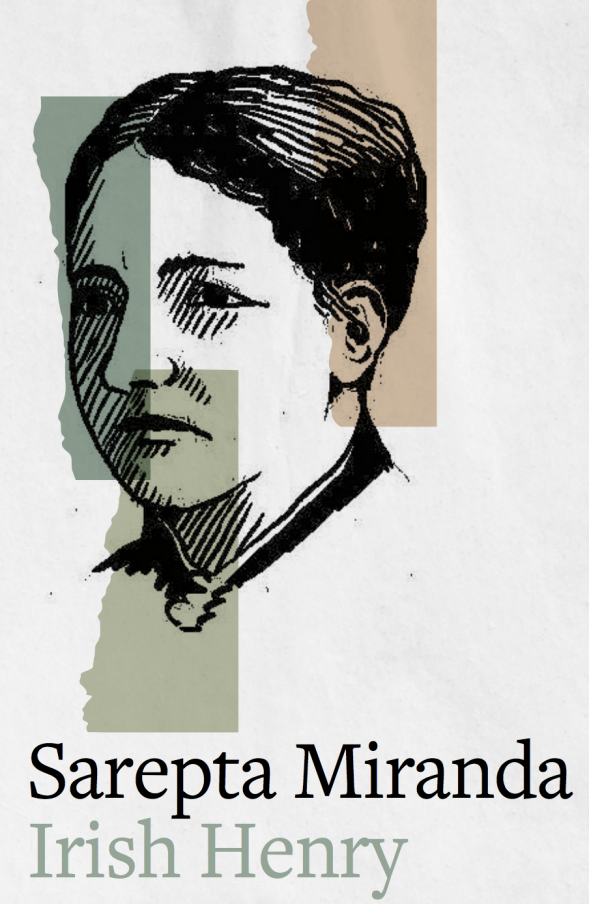
Sarepta Miranda Irish Henry was born on November 4, 1839, into the family of a Methodist minister in Albion, Pennsylvania. She had very little formal education, being taught mostly by her father at home until she was 19, when she entered Rock River Seminary in Illinois. From an early age, Henry showed exceptional literary ability, and her work made regular appearances in various religious magazines. In 1861, she married James Henry, who left her widowed with three children 10 years later. In 1874, when she discovered that her son had become involved with a saloon, Henry jumped into action, organizing the women of Rockford to promote temperance and eventually joining forces with the recently formed Woman’s Christian Temperance Union. This effort she valiantly continued until her health forced her to enter the Battle Creek Sanitarium, completely bedridden, in 1896. Later that year, however, after accepting Adventism, Henry was miraculously healed by prayer, and returned to her temperance and evangelistic work. It was during this time that Henry struck up a close correspondence with Ellen White, who was working in Australia at the time; although the two women never met in person, White wrote in one of her letters that Henry’s ideas were refreshing and “in harmony with [her own] mind” (Ellen G. White Letter 118, 1898). White encouraged Henry to begin the work of creating a “woman ministry” in the Adventist church. Henry began writing regularly for the Review and Herald, and was ultimately given her own page, titled “Women’s Gospel Work,” which was filled with various resources for women, including poetry, letters, practical advice and Bible studies. Henry continued this work until 1900, when she suddenly died. Although active work in the area of women’s ministry ended with her death and didn’t begin again until the 1970s and ’80s, Henry’s work made a significant contribution to the Adventist women in her time and laid the foundational ideas for the women’s ministries in existence today.

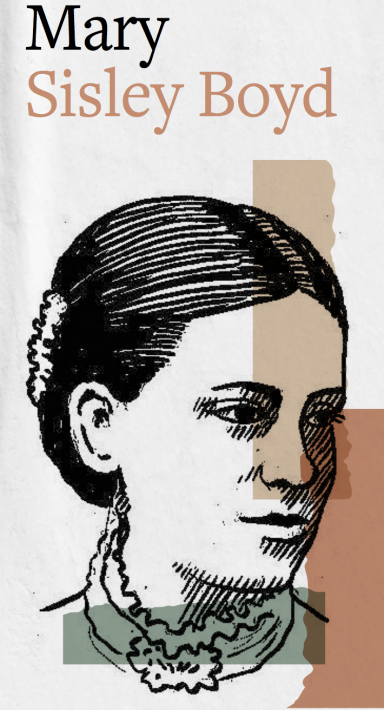
Mary Sisley Boyd, known as Maud, was born in 1851 in Kent, England. However, in 1863, the Sisley family emigrated to the United States where they became members of the newly formed Adventist Church. As a teenager, Boyd began working at the Review and Herald Publishing Association where she worked in the typesetting department. She subsequently spent 13 years doing publishing and evangelism work. At some point during this time, Boyd felt God asking her whether she would be willing to do anything He asked of her. Recognizing herself to be incapable of such surrender on her own strength, she pleaded with God to do the work of surrendering in her. The very next morning, she received a letter calling her to mission work in Switzerland. Boyd accepted and, in 1877, she accompanied J.N. Andrews on his missionary travels to Europe, becoming the first Adventist single woman to serve in a foreign mission field. Two years later, she spent a short while in England, assisting J.N. Loughborough with the tent evangelism he was running there. By this time married, Boyd and her husband, Charles, then served in the American west for eight years. In 1887, the Boyds became some of the first missionaries to serve in South Africa, founding Solusi Mission which became Solusi University. Sadly, during their time there the couple lost a daughter, Ethel, and were forced to return to the United States in 1891 when Charles’ health failed. After the death of her husband in 1898, Boyd traveled to Australia, where she taught at Avondale College and worked as a Bible worker for more than a decade. Returning to the United States, Boyd served at Loma Linda and Glendale sanitariums as a Bible instructor and matron for 17 years. Finally retiring at age 82, Boyd returned to Australia, where she died in 1937. Boyd’s enthusiasm and willingness to follow where God led was instrumental to the spread of the Adventist message across the globe, which ultimately led to the world church as we know it today.

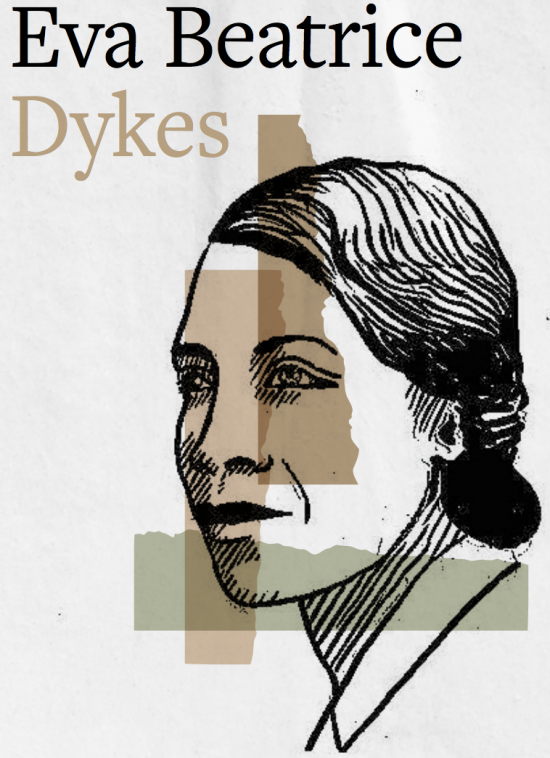
Eva Beatrice Dykes was born in Washington D.C., August 13, 1893. From a young age, Dykes showed a strong affinity for the humanities, particularly music and language. She graduated from Howard University summa cum laude in 1914 with a Bachelor of Arts in English. After teaching at Walden University in Tennessee for a year, Dykes sought to earn a Master of Arts from Radcliffe College, a women’s college now part of Harvard University. However, Radcliffe did not acknowledge her degree from Howard, so she was forced to earn a second Bachelor of Arts, which she completed in 1917, graduating magna cum laude. In 1920, Dykes earned her Ph.D. from Radcliffe, becoming the first black woman to do so,[1] and proceeded to teach at Howard for 23 years. Dykes won a number of awards for her teaching during her time there. Having become an Adventist at the age of 27 in 1920, Dykes began writing a regular column for the Message, an Adventist publication for black members, in 1934 and continued to do so for 50 years. Dykes also authored several scholarly books as well as countless articles for various publications. In 1944, Dykes resigned from her place at Howard to accept a position at the then unaccredited and mostly white-staffed Oakwood College, where she taught English and Latin. Recognized as a musical prodigy as a child, Dykes became actively involved in the musical programs at Oakwood, conducting choirs and organizing the Aeoleans, a choral group that has since gained worldwide renown. Dykes was the first staff member at Oakwood to bear a doctorate and became a powerful force in Oakwood’s effort to gain full senior college accreditation, which was achieved under her chairmanship in 1958. Upon her retirement at age 80 in 1973, Oakwood’s library, named in her honor, was dedicated. Dykes was awarded a Certificate of Merit from the General Conference Education Department and given the Adventist Citation of Excellence at the General Conference Session of 1975. Dykes died in 1986 at the age of 93. Dykes’ determination to acquire knowledge despite obstacles, given her ethnicity and gender, and her dedication to then sharing that knowledge significantly impacted the quality of education at what is now Oakwood University and touched countless students’ lives.
In researching the stories of these forgotten women, the thing that struck me most was the way in which a single person’s life, when surrendered completely to God, can be so significant in furthering the gospel message. Each of these women were but a single flame lit within the darkness of their world, yet each brought so much light to their respective corners. Although their names are beginning to slip into anonymity, the feats that they were able to accomplish merely within their lifetimes live on.
[1] Dykes was the first black woman to complete all the coursework for a Ph.D. However, because of graduation scheduling, she was the third black woman to formally receive the degree.